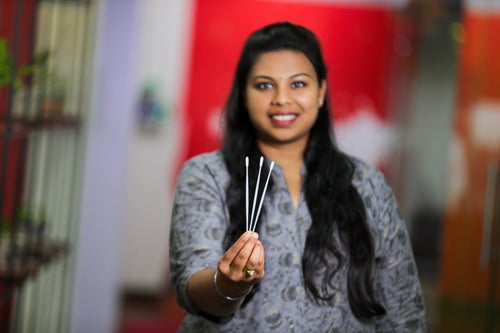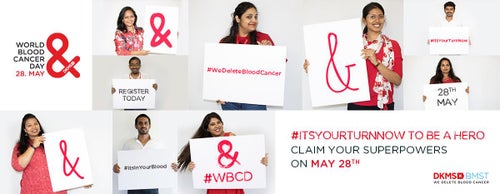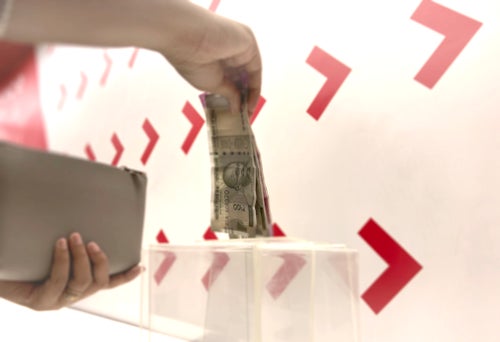How are blood stem cells actually donated?
Health check and confirmatory typing (CT)
Before any donation takes place, you will be asked to fill out a detailed health questionnaire so that we can make sure early on that you are still suitable as a donor. You will then be asked for a blood sample, which will go for confirmatory typing. DKMS-BMST will arrange a blood draw at your home or office. Your blood will also be checked for other infections, such as HIV or hepatitis viruses. The results of your blood tests will be used to decide whether you really are the best match for the patient.
Peripheral Stem Cell Donation
In India, 100% of the time, stem cells are taken from the bloodstream. This procedure does not require anesthetic or admission to the hospital. During the collection, a sterile needle will be placed into a vein in each of your arms. Blood is drawn through one vein and passed through a machine that collects the stem cells before the rest of the blood is returned back into the body through the other arm. It is similar to a blood donation and it is normally completed within 4-6 hours. Occasionally a subsequent donation may be required on the following day.
For the five consecutive days leading up to the donation, the growth factor G-CSF, which is naturally present in the body, is injected subcutaneously to the donor. This is required in order to increase the number of stem cells in the blood. The donor may experience some temporary discomfort, (for example headache, body ache, fatigue, nausea) while they are receiving G-CSF. These symptoms disappear within a day or two following the donation and donors can take non-aspirin products (such as Paracetamol or Ibuprofen) for relief from the discomfort.




